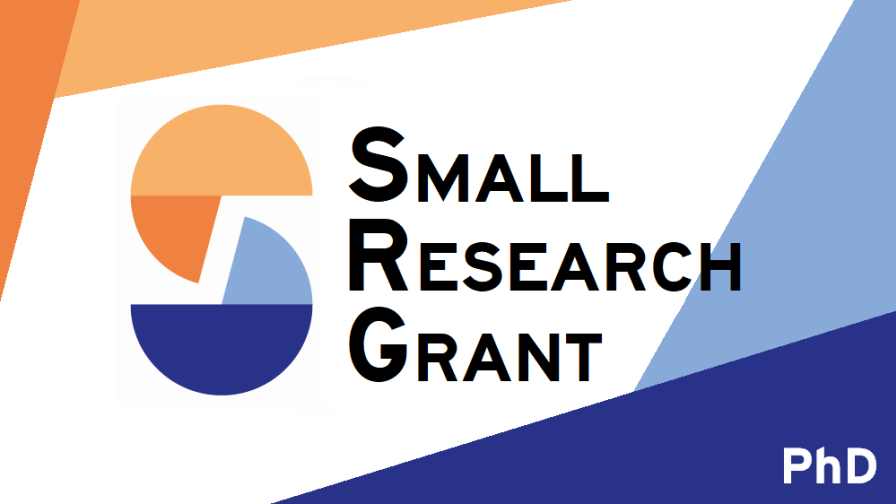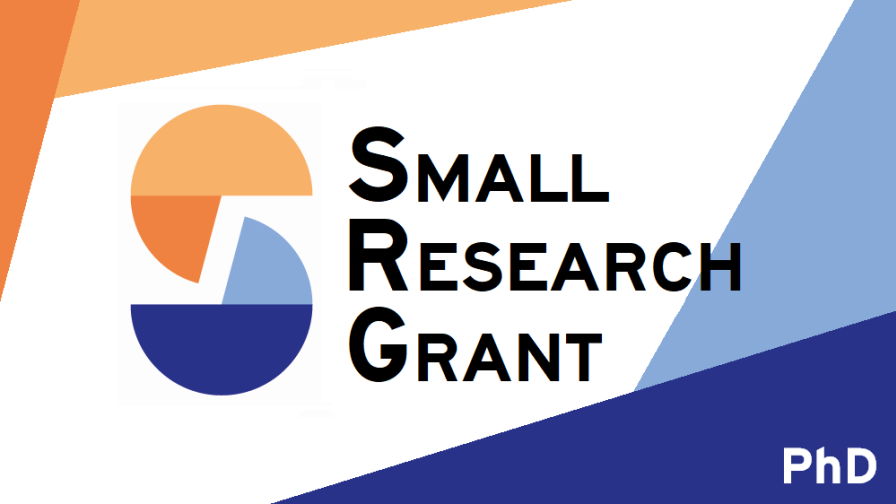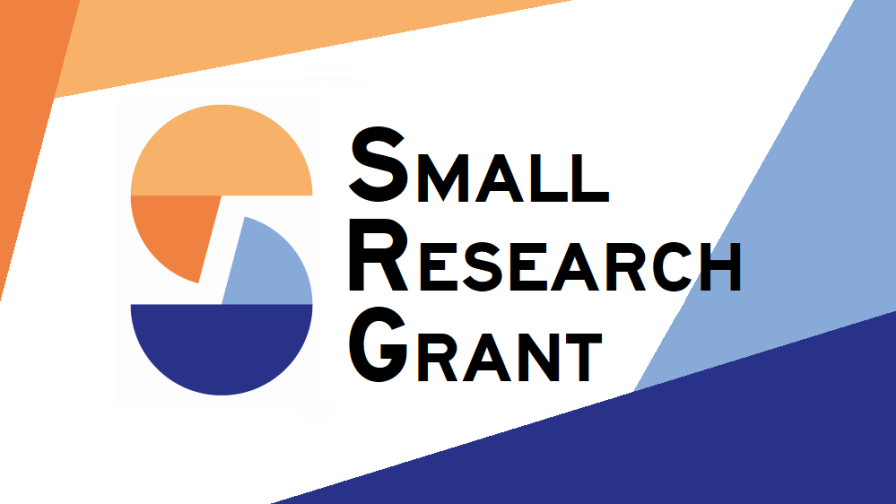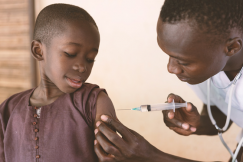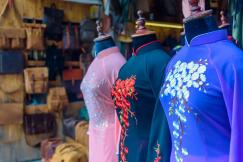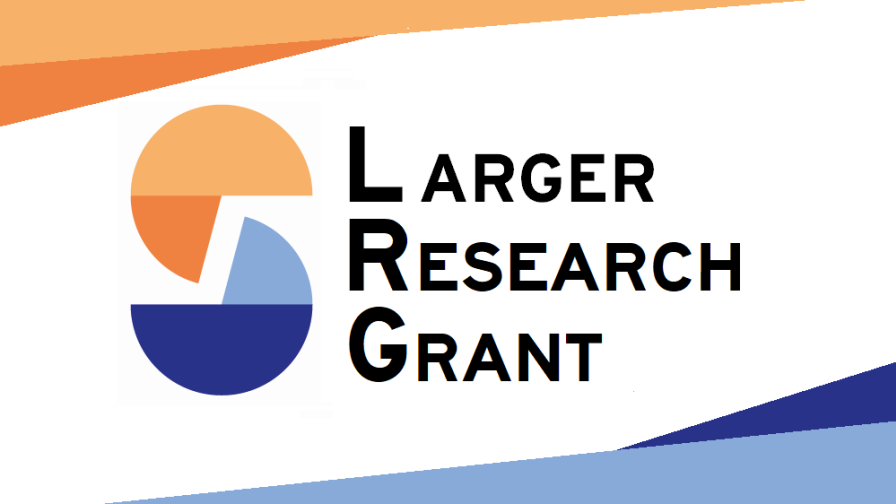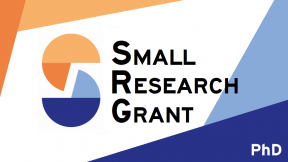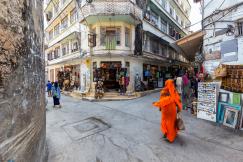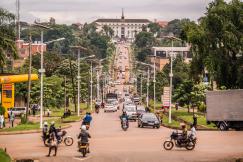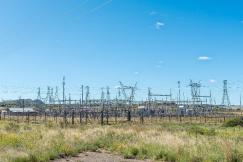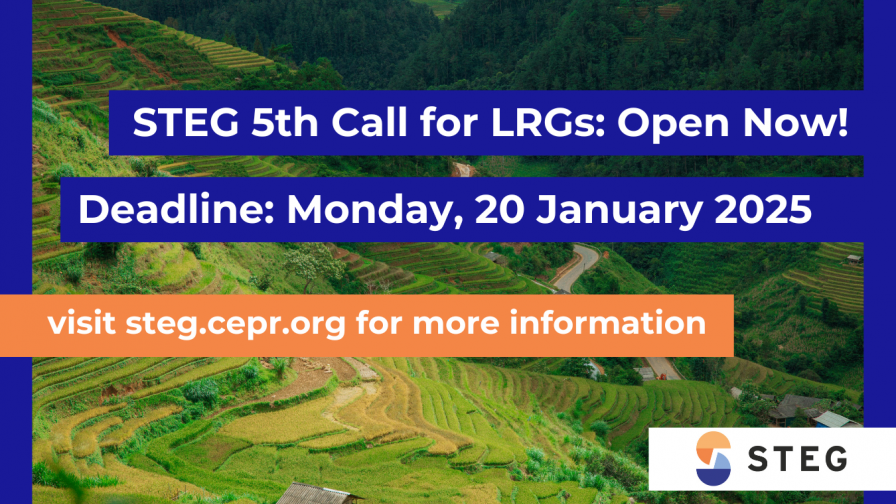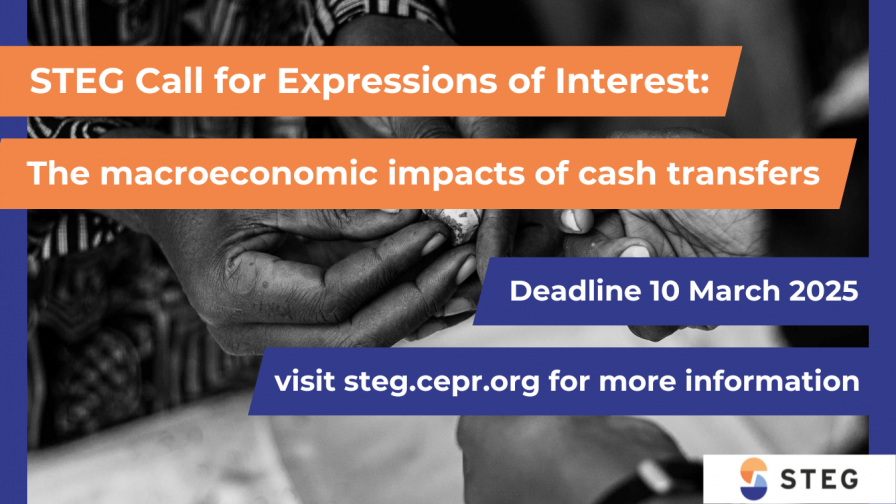This research project studies urban-rural differences in human capital risk to understand savings behaviour and wealth accumulation in middle and low-income countries, in particular China and South Africa. Two empirical patterns motivate the research focus. First, saving rates and wealth-to-income ratios are surprisingly low for rural households specializing in small-scale agricultural work. Second, in the early stages of development, most of the population lives in rural areas. As developing countries catch up with industrialized economies, households reallocate from rural into urban production. This reallocation coincides with rising aggregate savings, demand for safe assets, and capital outflows. The goal of the project is twofold. In the first step, the author explores to what extent differential income risk across urban and rural households contributes to differences in savings and wealth accumulation on the household level. In a second step, the author combines the empirical results on the household level with a model of structural change to quantify how the interplay of structural change and urban-rural differences in human capital risk shape aggregate savings, investment, and capital flows as households move into modern urban work.
The author uses Chinese and South African household-level panel data that comprise information on urban-rural status, income, consumption, and household demographics. There is a large literature on income risk, much of it building on the seminal work of Blundell et al. (AER, 2008), which allows one to compute income volatility and income risk separately for urban and rural households. While the author builds on this standard approach, they offer a broader interpretation of human capital risk, which incorporates an intergenerational component. In addition to year-to-year income fluctuations, the author considers the risky transition of status, income, and wealth within a household across generations. That is, households that care about their offspring aim to transfer their income, wealth, and status to their children. This perspective is uniquely valuable for understanding differences in urban-rural savings behaviour for the following reason. Imagine the problem of a relatively well-off rural household that wants to confer this benefit onto the next generation. Since raw physical labour and land are the crucial production inputs in the rural economy, the problem is straightforward: accumulate land, which you pass down to the next generation.
In contrast, consider the problem of a successful urban household. The household likely performs specialized, human-capital intensive tasks, and there is much uncertainty as to whether the offspring will be a "high-type" as well. In this scenario, high-income urban households have strong incentives to save and invest in financial assets to confront the imperfect intergenerational transmission of status and income compared to rural households. To quantify these differences across urban and rural households, the author builds on the literature that estimates so-called intergenerational income elasticities (see Solon 1999 or Black and Devereux, 2011).
The author then combines these estimates with a model of structural change to ask two questions. First, can urban-rural differences in human capital risk and their impact on household savings help account for rising and hump-shaped aggregate savings along a country’s development path. Second, is human capital risk in urban areas a barrier to structural change, as risk-averse households hesitate to move into risky urban production and accumulate human capital.
The answer to the latter question bears important policy implications. If the risk in urban production creates a barrier to structural change and economic growth, public insurance schemes aimed at reducing the risk exposure of urban households may encourage rural-urban migration and human capital accumulation. This would raise economic growth and speed up the process of structural change.


